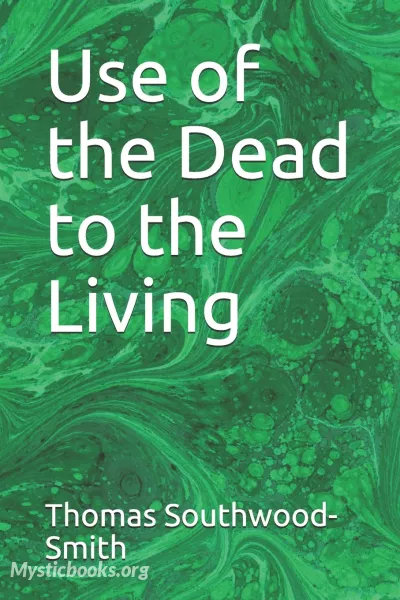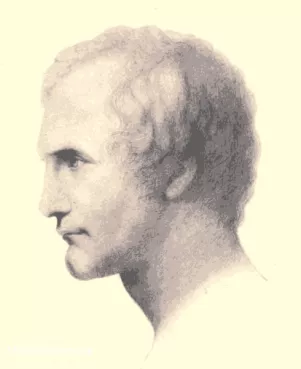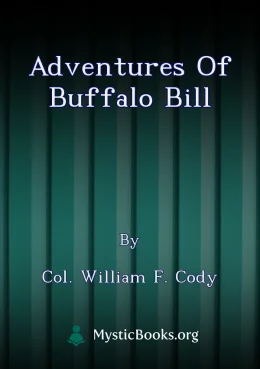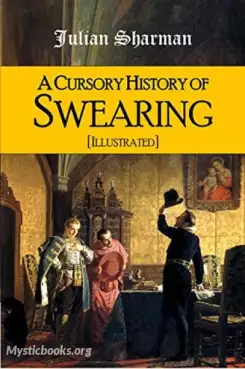
Use Of The Dead To The Living
'Use Of The Dead To The Living' Summary
"Use of the Dead to the Living" by Thomas Southwood Smith is a captivating and thought-provoking book that delves into the complex world of anatomy, ethics, and medical education. Published in 1827, this remarkable work challenges societal norms and sheds light on the significance of anatomical dissection in advancing medical knowledge.
Smith, a distinguished physician and social reformer, invites readers on a journey through the intricacies of anatomy and its profound impact on medical education. He skillfully navigates the historical, ethical, and practical dimensions of anatomical study, presenting a compelling case for the use of cadavers in medical training.
In this book, Smith tackles the controversies surrounding the utilization of deceased bodies for anatomical dissection. He explores the moral considerations, addressing the ethical dilemmas faced by medical practitioners and society at large. Through his eloquent prose, Smith argues that the study of anatomy through dissection is not only indispensable for medical progress but also a means of honoring the deceased by contributing to the betterment of society's health.
Smith provides an insightful historical context, highlighting the challenges faced by medical professionals in their pursuit of anatomical knowledge. He examines the legal and societal restrictions that hindered the acquisition of cadavers for study, emphasizing the necessity of legal reforms to facilitate medical education.
Throughout the book, Smith presents a compelling argument for the significance of anatomical dissection as a foundation for medical education. He underscores the value of hands-on experience in understanding the complexities of the human body and the identification of diseases. By engaging with the practical aspects of anatomy, medical practitioners can improve their diagnostic skills and contribute to advancements in medical science.
"Use of the Dead to the Living" raises thought-provoking questions about the balance between scientific progress and ethical considerations. Smith challenges readers to reflect on the importance of informed consent, respect for the deceased, and the greater good that can be achieved through medical research and education.
This enlightening book holds enduring relevance in the field of medical ethics and the history of medical education. Its powerful message resonates with both medical professionals and individuals interested in the ethical dimensions of scientific progress. "Use of the Dead to the Living" remains an essential read for anyone seeking a deeper understanding of the interplay between anatomy, ethics, and the pursuit of medical knowledge.
Use of the Dead to the Living, Thomas Southwood Smith, anatomy, ethics, medical education, cadavers, anatomical dissection, medical progress, historical context, medical ethics, scientific progress.
Book Details
Language
EnglishOriginal Language
EnglishPublished In
1827Genre/Category
Tags/Keywords
Authors

Thomas Southwood Smith
England, United Kingdom
Thomas Southwood Smith was a remarkable figure whose principles and contributions in the fields of social reform and public health have left a lasting impact on society. His relentless pursuit of bett...
Books by Thomas Southwood SmithDownload eBooks
Listen/Download Audiobook
- Select Speed
Related books

Poems on Slavery by Henry Wadsworth Longfellow
This volume of poetry by Henry Wadsworth Longfellow, first published in 1842, addresses the issue of slavery in America. While some critics felt the p...

In the Clutch of the War-God by Milo Hastings
In the Clutch of the War-God is a novel by Milo Hastings that was first published in 1911. The novel tells the story of a war between Japan and the Un...

Вехи-Сборник статей о русской интеллигенции (Vekhi) by Nikolai Berdyaev
«Вехи» — сборник философских эссе, написанных группой русских интеллектуалов в 1909 году. Авторы анализируют своё участие в революции 1905 года и кри...

Book of the Cheese by Thomas Wilson Reid
This book, 'The Book of the Cheese' by Thomas Wilson Reid, delves into the rich history of Ye Olde Cheshire Cheese, a renowned pub on Fleet Street, Lo...

Art of Worldly Wisdom by Baltasar Gracián
The Art of Worldly Wisdom is a collection of 300 insightful maxims written by Baltasar Gracián, a Spanish Jesuit priest, in the 17th century. Gracián'...

Adventures of Buffalo Bill by Col. William F. Cody
This book offers a firsthand account of the life and adventures of William F. Cody, better known as Buffalo Bill. It delves into his early days as a s...

Practical Advice to Young Persons Respecting Temptation and Sin by Louis Gaston de Segur
This book, written by Msgr. Louis Gaston de Segur, offers practical counsel for Christians navigating the challenges of temptation and sin. It's geare...

Commentaries on the Laws of England. Book 1 by William Blackstone
The Commentaries were long regarded as the leading work on the development of English law and played a role in the development of the American legal s...

The Journal of a Disappointed Man by W. N. P. Barbellion
A young man's candid and often humorous account of his struggle to come to terms with his own mortality. The Journal of a Disappointed Man is a diary...

A Cursory History of Swearing by Julian Sharman
This is a very readable scientific account of Swearing and Cursing in the English Language. Not only is an enlightening historical account given, but...
Reviews for Use Of The Dead To The Living
No reviews posted or approved, yet...